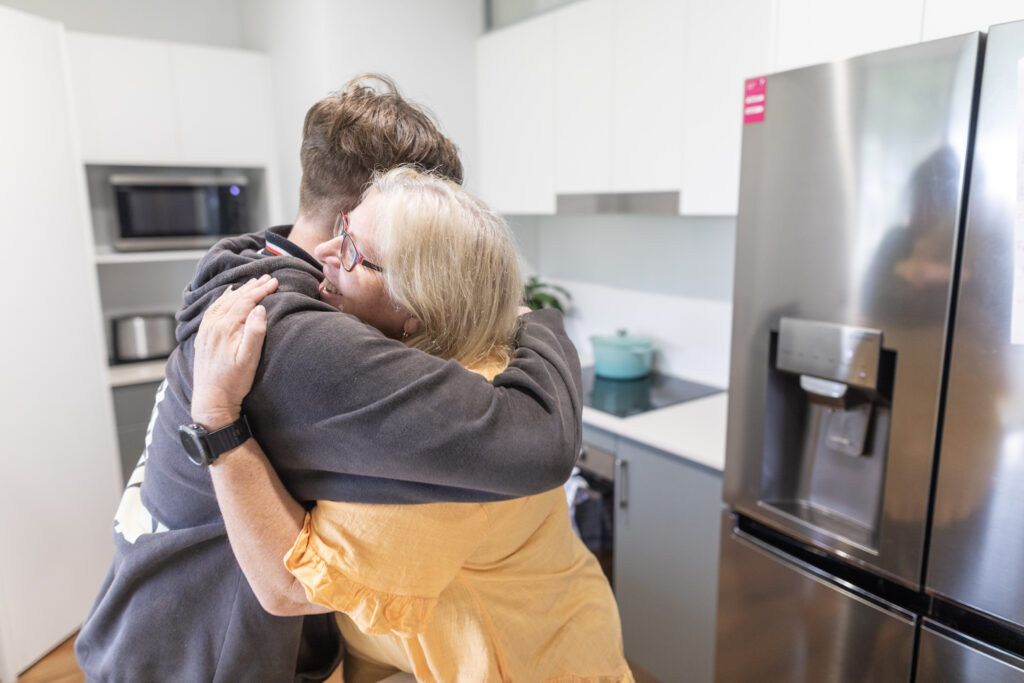Understanding the Role of Trauma and Attachment in Behaviour
Creating an environment where foster children feel emotionally and physically safe is crucial for their healing and development. Many of the challenging behaviours you witness may stem from past trauma and disrupted attachments. But what do these terms mean, and how can our understanding of them improve how we care for these children?
What is Attachment and Trauma?
Attachment is a deep emotional bond that typically develops between a child and their primary caregiver. It shapes how a child views the world and forms relationships. When this bond is disrupted, as is often the case in foster care, children may struggle with trust and security.
Trauma, meanwhile, refers to distressing experiences that overwhelm a child’s ability to cope. For foster children, this might include neglect, abuse, or the loss of a family. Trauma can significantly impact a child’s emotional and behavioural development, often manifesting in what we might term “difficult behaviours.”
The Link Between Trauma, Attachment, and Behaviour
Children who have faced trauma may develop survival strategies, ways of coping that sometimes appear maladaptive to outsiders but were vital at some point. These behaviours, such as aggression or withdrawal, are often expressions of unprocessed emotions. Understanding this link helps us interpret behaviour as a form of communication rather than defiance or malice.
Challenges for Foster Children
For children in foster care, the world can seem uncertain and unsafe. They may have learned not to rely on adults; thus, forming trustful relationships can be challenging. Foster carers, therefore, play a pivotal role in repairing these fractured attachments and providing the stability children need to feel safe enough to thrive.
Why Emotional Safety Matters in Foster Care
Ensuring a child feels secure can transform their experience and provide a foundation for healing. Children who feel safe are more likely to open up, learn, and form healthy relationships.
Effects of Lack of Safety
When a child’s safety needs are unmet, the effects can be severe. Without security, a child’s nervous system remains on high alert, perceiving threats everywhere. This can lead to heightened anxiety, oppositional behaviours, and difficulty concentrating.
The Role of Safety in Child Development
Safety is fundamental for healthy development. It enables children to explore the world, try new things, and make mistakes— all crucial aspects of learning. When children experience a calm and nurturing environment, stress levels decrease, essential for cognitive and emotional growth.
Long-term Benefits of Providing Safety
By prioritising safety, you’re laying the groundwork for long-term well-being. Children who feel safe are more likely to have improved mental health, better school performance, and stronger relationships. The ripple effects can last a lifetime, impacting not only the individual child but also their future family and community.
Strategies for Building Emotional Safety
Now that we understand the importance of emotional safety, how can we practically create this environment?
Strategy 1: Creating Predictable Routines
Children who have experienced trauma often feel chaotic. Establishing consistent daily routines can provide predictability and structure, helping children feel secure.
Implementation Steps:
– Establish a morning and bedtime routine to frame the day positively
– Use visual schedules to communicate plans, reducing uncertainty
– Discuss any changes in routine in advance when possible
Strategy 2: Practising Co-regulation
Children often need help managing their emotions, and carers can support this process by practising co-regulation—calming themselves to help the child self-regulate.
Implementation Steps:
– Stay calm during a child’s emotional outburst; your calmness can soothe their storm
– Offer comfort through gentle touch, if welcomed
– Use simple words to label and acknowledge emotions (“I can see you’re upset because…”)
Strategy 3: Encouraging Positive Connections
Building secure attachments requires fostering connections rooted in trust and respect.
Implementation Steps:
– Spend one-on-one time with the child, doing activities they enjoy
– Celebrate achievements, no matter how small, to build confidence
– Encourage open communication, ensuring the child knows you’re there to listen
Strategy 4: Adapting Strategies for Different Children
Every child is unique, and strategies should be tailored to individual needs and developmental stages.
Implementation Steps:
– Observe the child’s behaviour and adapt accordingly—what soothes one child might not work for another
– Be open to feedback from the child; understand and respect their boundaries
– Work collaboratively with teachers, therapists, and social workers for a unified approach
Collaborating with Professionals and Building a Supportive Environment
Working with Your Support Team
Collaborating with professionals creates a web of support for the child. This enhances the care provided and ensures a comprehensive understanding of the child’s needs.
Steps to Effective Collaboration:
– Regularly meet with teachers and therapists to share insights and strategies
– Maintain open lines of communication with social workers
– Welcome input from healthcare providers regarding any specific needs
Building Connections in Your Community
Building a community around the child can provide additional support and security. This network can act as a safety net, reinforcing the child’s feeling valued and cared for.
Ways to Build Community Support:
– Enrol the child in local clubs or activities in which they express interest in
– Encourage relationships with supportive family members where possible
– Connect with other foster carers for mutual support and shared experiences
Monitoring Progress and Celebrating Growth
Recognising Signs of Progress
Change may be slow, but every small step forward is significant. Look for signs of progress as evidence of the child’s increasing sense of safety and trust.
Signs to Celebrate:
– Improved ability to express emotions verbally
– Increased willingness to engage in new activities
– Strengthened bonds within your household
When Strategies Need Adjusting
If specific strategies aren’t yielding the desired outcomes, it’s okay to reassess and adapt your approach. Each child is a puzzle, and it might take time to find the right fit.
Adjusting Strategies:
– Reflect on what’s working and what isn’t
– Seek feedback from the child and professionals involved in their care
– Remain patient and flexible, willing to try new methods as needed
Celebrating Small Wins
Celebrate each win, no matter how small, to continue building the child’s confidence and trust in themselves and their world.
Ways to Celebrate:
– Verbally acknowledge and praise efforts
– Plan small rewards or special activities
– Document progress together in a journal or scrapbook
Conclusion: Your Role in Building Emotional Safety
You can transform a child’s life by providing safety and stability as a foster carer. Understanding trauma and attachment can deepen your empathy and guide your interactions, enabling you to create a healing environment for your foster child.
Remember, every child’s journey is unique. Celebrate each progress as a testament to your dedication and the child’s resilience. Creating emotional safety is an ongoing process that builds the foundation for healing and growth. Your enduring support, patience, and love significantly impact the lives you touch, showing these children they truly matter.


